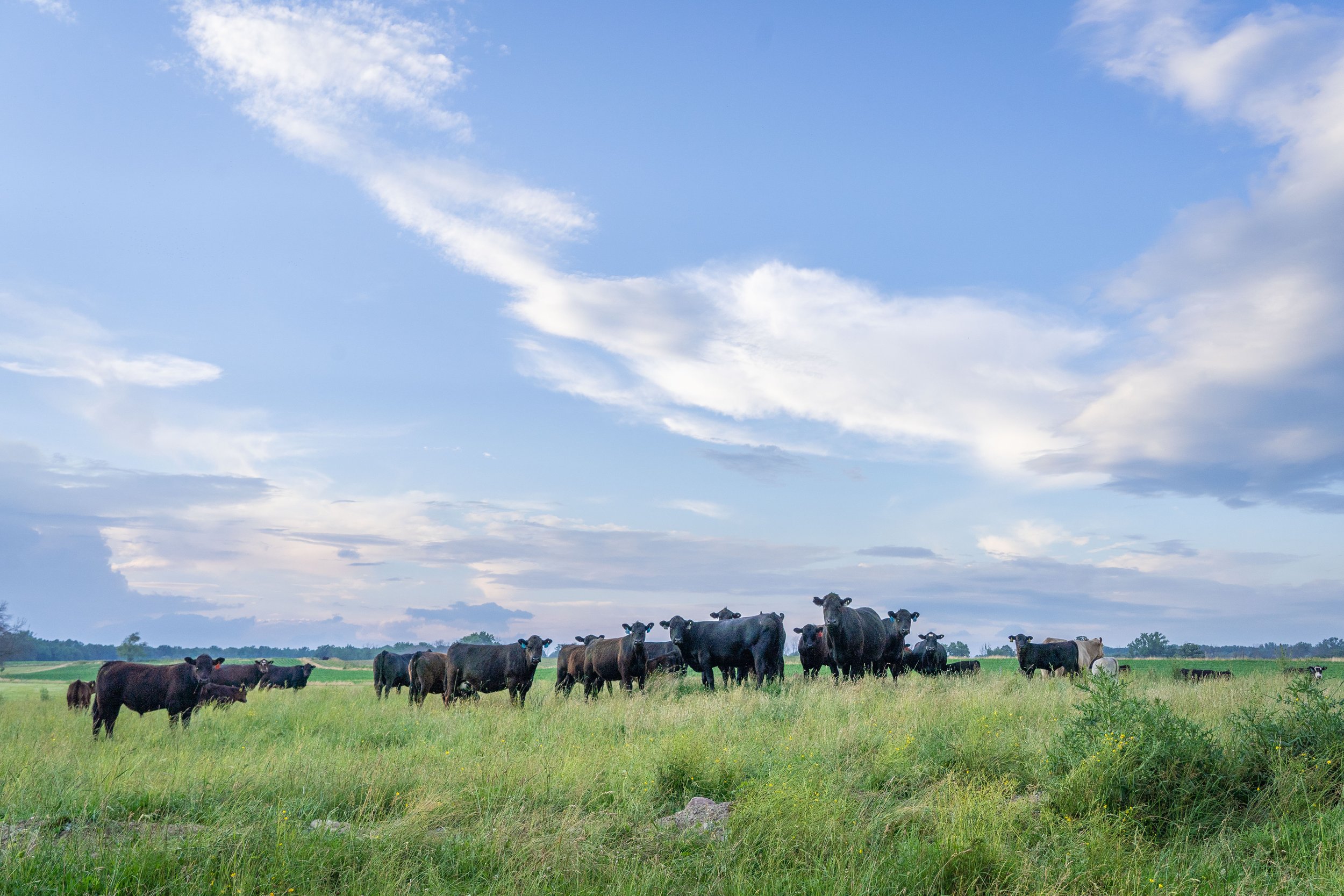Professional Support: Bagley Risk Management Methods
Professional Support: Bagley Risk Management Methods
Blog Article
Understanding Animals Threat Protection (LRP) Insurance Policy: A Comprehensive Overview
Browsing the realm of livestock threat protection (LRP) insurance policy can be a complicated venture for many in the farming sector. This kind of insurance uses a security internet against market changes and unforeseen conditions that can affect livestock producers. By recognizing the complexities of LRP insurance, manufacturers can make educated choices that may guard their operations from economic risks. From exactly how LRP insurance coverage works to the various insurance coverage options offered, there is much to discover in this comprehensive guide that might possibly form the means livestock manufacturers come close to risk monitoring in their companies.

Just How LRP Insurance Policy Works
Sometimes, comprehending the mechanics of Livestock Danger Protection (LRP) insurance can be complicated, however breaking down just how it works can give clearness for farmers and breeders. LRP insurance coverage is a threat administration tool made to secure livestock manufacturers against unanticipated cost decreases. The policy permits producers to establish an insurance coverage level based on their details requirements, choosing the variety of head, weight range, and insurance coverage price. As soon as the policy is in area, if market value fall listed below the protection cost, producers can sue for the distinction. It is very important to note that LRP insurance is not a profits guarantee; rather, it concentrates solely on cost risk security. The insurance coverage period generally ranges from 13 to 52 weeks, providing adaptability for manufacturers to choose a duration that straightens with their manufacturing cycle. By using LRP insurance policy, ranchers and farmers can mitigate the monetary threats related to changing market value, making sure better stability in their procedures.
Eligibility and Protection Options

When it involves insurance coverage choices, LRP insurance coverage supplies producers the versatility to choose the protection degree, coverage period, and recommendations that finest suit their risk administration needs. Coverage levels usually range from 70% to 100% of the anticipated finishing worth of the insured animals. Manufacturers can also choose insurance coverage periods that line up with their manufacturing cycle, whether they are guaranteeing feeder cattle, fed cattle, swine, or lamb. Endorsements such as price danger defense can further personalize insurance coverage to protect against unfavorable market changes. By recognizing the qualification criteria and protection choices readily available, animals producers can make informed decisions to manage risk effectively.
Pros and Disadvantages of LRP Insurance
When evaluating Animals Danger Security (LRP) insurance coverage, it is necessary for livestock producers to evaluate the disadvantages and benefits inherent in this threat administration tool.

One of the key benefits of LRP insurance policy is its capability to give security versus a decline in livestock prices. Additionally, LRP insurance coverage offers a level of versatility, permitting producers to personalize protection levels and policy periods to suit their specific needs.
One constraint of LRP insurance coverage is that it does not safeguard against all kinds of dangers, such as illness outbreaks or all-natural disasters. It is essential for manufacturers to carefully assess their specific danger exposure and monetary scenario to figure out if LRP insurance is the appropriate threat administration device for their operation.
Understanding LRP Insurance Premiums

Tips for Maximizing LRP Benefits
Making best use of the benefits of Livestock Threat Defense (LRP) insurance needs critical planning and positive threat management - Bagley Risk Management. To take advantage of your LRP protection, consider the complying with suggestions:
On A Regular Basis Analyze Market Conditions: Stay educated about market trends and price changes in the animals sector. By keeping track of these elements, you can make informed decisions about when to buy LRP insurance coverage to protect versus potential losses.
Set Realistic Insurance Coverage Levels: When selecting coverage degrees, consider your manufacturing prices, market worth of animals, and prospective risks - Bagley Risk Management. Setting sensible coverage levels guarantees that you are properly safeguarded without paying too much for unnecessary insurance coverage
Expand Your Insurance Coverage: Rather than counting exclusively on LRP insurance coverage, consider diversifying your threat monitoring techniques. Incorporating LRP with various other danger monitoring devices such as futures agreements or choices can supply comprehensive coverage versus market uncertainties.
Testimonial and Readjust Insurance Coverage Consistently: As market conditions alter, periodically review your LRP protection to try this ensure it straightens with your existing danger direct exposure. Readjusting protection degrees and timing of purchases can aid maximize your risk protection method. By complying with sites these tips, you can make best use of the benefits of LRP insurance coverage and guard your livestock procedure versus unexpected threats.
Final Thought
Finally, animals risk security (LRP) insurance coverage is an important device for farmers to manage the financial dangers connected with their livestock procedures. By comprehending how LRP functions, eligibility and insurance coverage options, along with the pros and cons of this insurance, farmers can make informed choices to shield their resources. By thoroughly thinking about LRP premiums and applying techniques to make the most of advantages, farmers can minimize potential losses and guarantee the sustainability of their operations.
Livestock producers interested in obtaining Livestock Danger Protection (LRP) insurance can check out a variety of eligibility criteria and coverage options customized to their particular animals operations.When it comes to insurance coverage alternatives, LRP insurance offers producers the adaptability to pick the protection level, coverage period, and endorsements that finest suit their danger administration requirements.To comprehend the intricacies of Livestock Risk Protection (LRP) insurance policy fully, understanding the variables influencing LRP insurance policy costs is important. LRP insurance policy costs are identified by numerous aspects, consisting of the coverage level picked, the anticipated rate of livestock at the end of the insurance coverage period, the kind look here of livestock being insured, and the length of the coverage duration.Evaluation and Adjust Insurance Coverage On a regular basis: As market conditions change, occasionally assess your LRP protection to ensure it lines up with your existing danger exposure.
Report this page